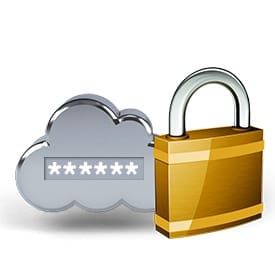Digital identity management (DIM) is the process for managing and securing digital identities through authentication, encryption, and signing. The end goal is to protect your organization’s reputation by preventing breach and/or downtime by accurately authenticating and authorizing an endpoint, transaction, or data. In essence solid digital identity management always comes back to the security of the same things: people, data, devices and applications.
If your organization is not correctly authenticating digital identities, you’re running the risk of breach, plain and simple. Devices and people should only be authorized to access what they have permission to access; this is accomplished by digitally authenticating people, data, devices, and applications with one or multiple methods of authentication. Having a concrete strategy for DIM is critical to successfully avoiding malicious access to data, devices, applications, and transactions.
Authentication, encryption, and signing are the elements that comprise digital identity management:
| Authenticate | Encrypt | Sign |
| Verifying people, data, devices, and applications. | Securing data that’s being transmitted in motion. | Recognizing software, software codes, and applications. |
There are multiple tools that can be used to authenticate, encrypt, and sign, but let’s focus on authentication.
Historically, a username and a password was enough to accomplish authentication, but today, that’s no longer the case. Usernames and passwords are easy to crack, thus within the security posture of any organization, utilizing a username and password as the sole method of defense is insufficient. The real key is multi-factor authentication: using multiple methods of authentication to ensure proper access control. An effective methodology for digital identity management includes a username and password, plus additional layers of verification on top of primary modes of defense, such as a token which verifies internet sessions, a fingerprint scanner, or another reliable method of authentication.
Authentication can be accomplished using an array of different strategies and tools. Below are the top identification methods used today:
- Digital certificates
- Fingerprint authentication
- Voice & facial recognition
- Biometric authentication
- Token-based authentication
- Smart cards
- Passwords
- PINs
- Time stamps
- Human manual verification
The critical objective of protecting reputation cannot be emphasized enough. The consequences of a breach, outage, or unauthorized access extend far beyond initial technical remediation efforts. Protecting reputation means preventing breach and the potential for opening company floodgates. In the end, protecting your organization’s reputation is the most important consideration of an effective authentication strategy. If your reputation is protected, your customers, data, proprietary software, and systems will remain yours.
Regulatory requirements, risk management, and having strong security tools and policies in place are all impetuses for implementing a solid DIM plan. If your security organization has questions about improving your security posture, consulting with reputable security specialists can help determine next steps.


